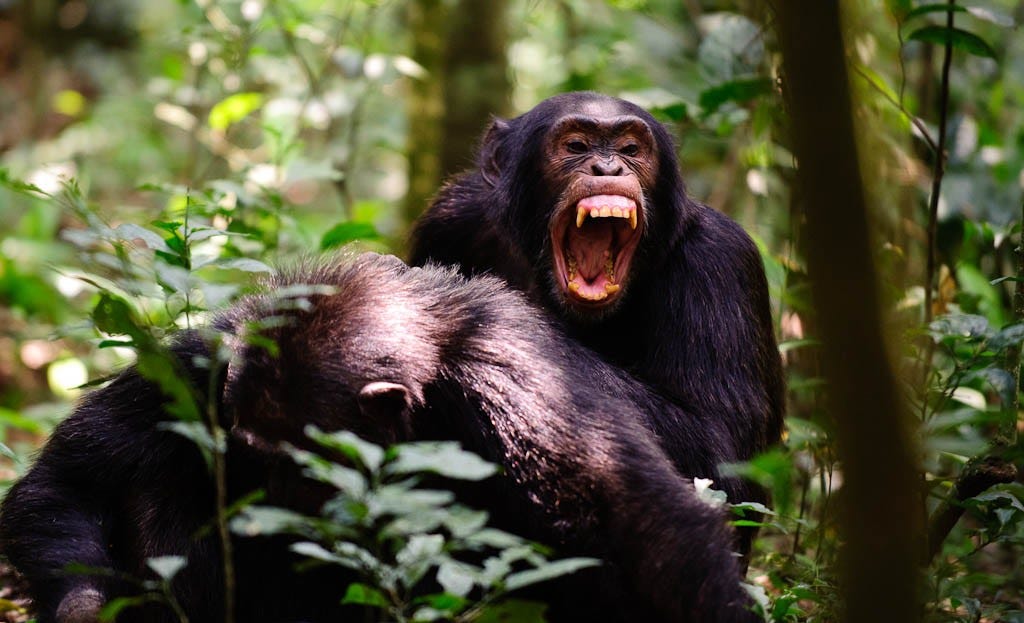The Mindfulness Of The Natural Fighter
A review of 'The Gift of Violence' by Matt Thornton
“Violence is natural,” Matt Thornton writes in The Gift of Violence: Practical Knowledge for Surviving and Thriving in a Dangerous World. “In fact, violence is an essential part of our nature. We wouldn’t be here without it.” Rather than a book about fighting techniques, the founder of the Straight Blast Gym and founding father of modern fighting sports…
Keep reading with a 7-day free trial
Subscribe to Polemology Positions to keep reading this post and get 7 days of free access to the full post archives.


